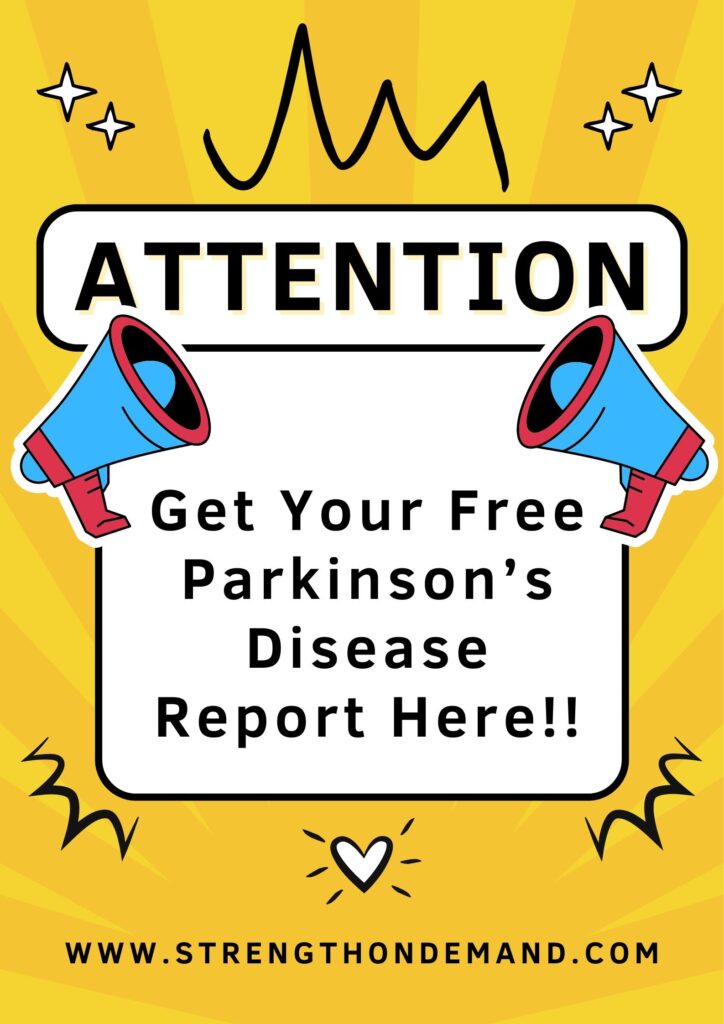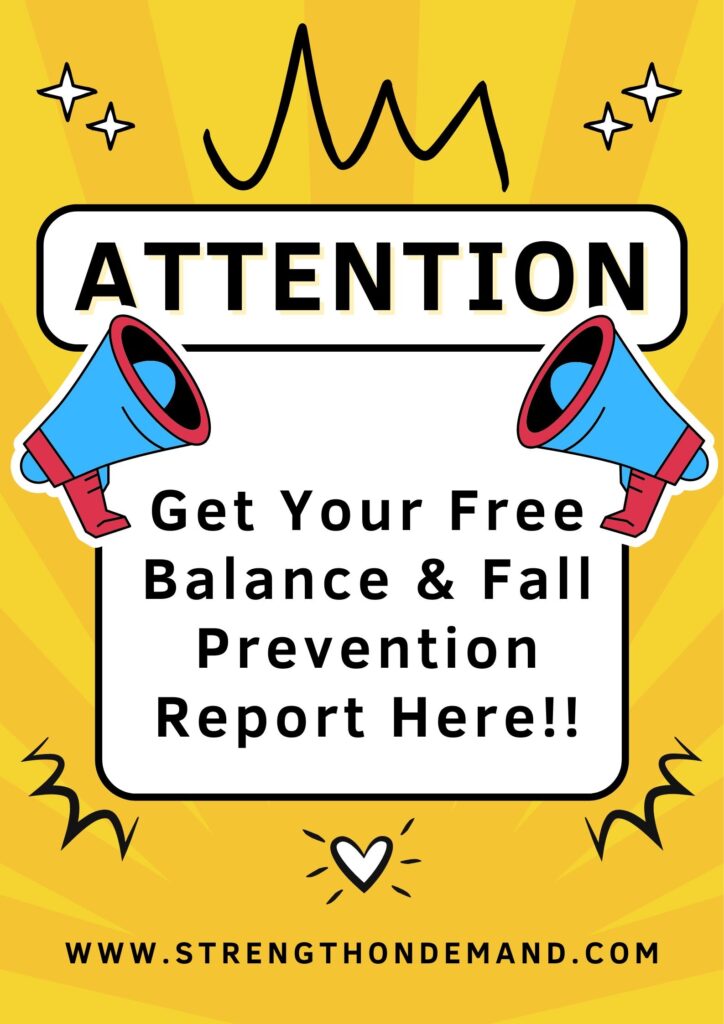For many individuals, particularly seniors, the fear of falling is real and there is a daily threat of losing their independence and quality of life. In this post, we will explore the critical importance of balance training in physical therapy. We will discuss the many causes of falls, the benefits of balance training, and effective strategies for prevention and rehabilitation.
Falls are a significant public health concern, particularly among older adults. According to the Centers for Disease Control and Prevention (CDC), millions of older adults fall each year, resulting in injuries, hospitalizations, and even fatalities. From 2014 to 2020, 1 in 4 adults over the age 65 suffered a fall. While falls can occur due to a variety of factors, including environmental hazards and medical conditions, age-related changes in balance, strength, and mobility play a significant role.
Physical therapy plays a pivotal role in falls prevention and management. By assessing an individual’s balance, gait, strength, and mobility, physical therapists can identify risk factors for falls and customize a plan of care full of specific interventions to address a person’s needs. Falls and balance training programs are designed to improve stability, enhance proprioception, and build strength, reducing the risk of falls and promoting confidence and independence. Here at Treasure Coast Physical Therapy and Fitness, the majority of our clients are in their 50s, 60s, 70s and older and most of them require balance training.
Benefits of Balance Training: Balance training offers so many benefits for individuals of all ages, including:
- Improved Balance and Stability: Targeted exercises and interventions help individuals develop better balance and stability, reducing the risk of falls and enhancing confidence in performing daily activities.
- Enhanced Mobility: By improving strength, flexibility, and coordination, falls and balance training programs improve overall mobility, making it easier for individuals to navigate their environment safely independently.
- Prevention of Injuries: Strengthening muscles, improving posture, and correcting movement patterns can help prevent injuries caused by falls, such as fractures, leading to better overall health and well-being.
- Increased Independence: By reducing the risk of falls and enhancing physical function, balance training empowers individuals to maintain their independence and quality of life, allowing them to continue living actively and autonomously. This also alleviates family caregivers from the physical and mental stress of providing constant care.
Effective Strategies for Balance Training: Balance training programs incorporate a variety of exercises and interventions customized to individual needs and goals. Some effective strategies include:
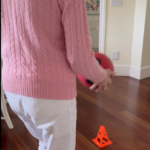
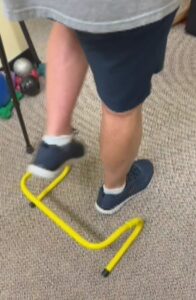
- Strength and Resistance Training: Targeting major muscle groups, particularly those involved in balance and stability strengthens the body and improves overall function. In a 2020 study, exercise alone reduced the number of fallers and recurrent fallers by 36% and 41% respectively.
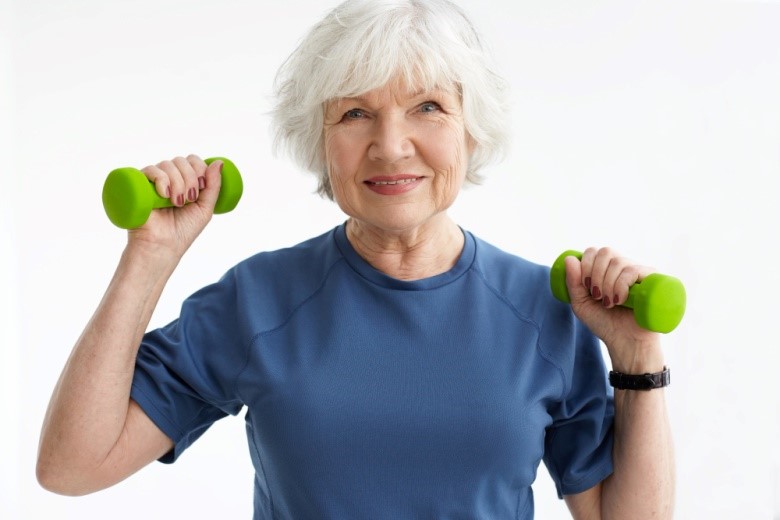
- Balance Exercises: Practicing static and dynamic balance exercises, such as standing on one leg or walking heel-to-toe, challenges the body’s proprioceptive system and enhances coordination. During one of our sessions, we alter a person’s vision, surface they are standing on and include head movement to further challenge their balance system.
- Gait and Mobility Training: Improving gait mechanics and walking patterns through gait training and mobility exercises enhances overall stability and reduces the risk of falls. I am currently working with a client who suffered a stroke which affected her right side. We are focusing on widening her base of support to increase her balance as well as increasing her step length so that she does not fall forward.
- Environmental Modifications: Removing loose rugs and improving lighting can significantly reduce the risk of falls in the home and community settings. Night lights are recommended so that people can walk to the bathroom at night without tripping. Clear pathways are advised as well as non-slip socks.
- Education and Awareness: Providing education on fall prevention strategies, including ankle-hip-stepping strategies assists in correcting for a balance loss during standing activities. Teaching proper body mechanics and raising awareness about the importance of physical activity and regular exercise are essential components of falls and balance training programs. Trunk stabilization is included in our training sessions to improve walking speed and stability.




